Change is constant. It insinuates that everything in the known universe is subject to decay, and ultimately seize to exist altogether. This is the law of impermanence. Our lives are also subject to this law. It means that our lives as a human beings will one day come to an end. This can be exciting for those that haven't yet grasped the gravity of what it implies. Or it can be devastating for those that are greatly attached to worldly things. However, as terrifying as this concept may seem, it can also be enlightening to those who have had enough of themselves, and are in search of their greater truth.
The Impermanence collection represents our ascension to a higher state of consciousness, through relinquishing attachment to that which is ephemeral,. Each of the Impermanence Malas in this collection are made with animal bone beads, that have been hand-carved into skulls.
The spiritual significance of wearing an Impermanence Malas, is that it may act as a constant reminder to us. That everything around us, including our bodies, is always in a state of perpetual metamorphosis, and is ultimately subject to breakdown, decay and destruction. And from constantly being reminded of this sacred truth, as we are wearing an animal bone skull bead Impermanence Mala around our wrists or neck, we may find the strength to relinquish our attachment to material things (that which is ephemeral), and find great passion in living right now. And live each moment to the fullest - as if it is our first and last.
Skip to product grid
-
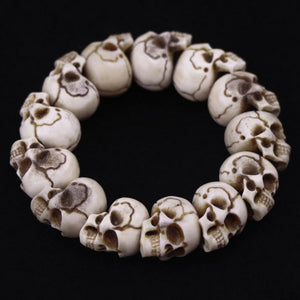
Tibetan Deer Antler Impermanence Skull Mala Bracelet
Regular price From 6.035.000₫Regular price6.649.000₫Sale price From 6.035.000₫ -
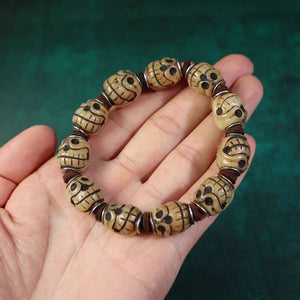
Tibet Yak Bone Skull Wrist Mala
Regular price 6.782.000₫Regular price7.503.000₫Sale price 6.782.000₫ -
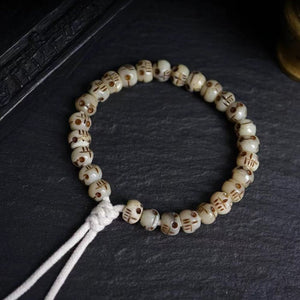
Tibet Yak Bone Skull Mala
Regular price 4.112.000₫Regular price4.486.000₫Sale price 4.112.000₫ -

Tibetan Yak Bone Skull Beads
Regular price 5.287.000₫Regular price5.821.000₫Sale price 5.287.000₫ -
Sold out

Tibetan Deer Antler Big Skull Mala Bracelet 9 Beads
Regular price 5.714.000₫Regular price6.302.000₫Sale price 5.714.000₫ -
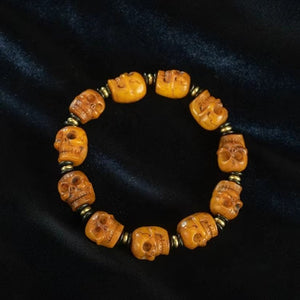
Old Tibetan Yak Bone Skull Beads Wrist Mala
Regular price 14.472.000₫Regular price16.154.000₫Sale price 14.472.000₫ -
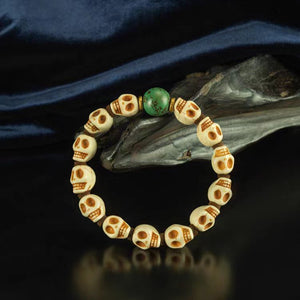
Old Tibetan Ceramic Bead Skull Wrist Mala
Regular price 14.472.000₫Regular price16.154.000₫Sale price 14.472.000₫ -

Tibetan Yak Bone Skull Mala Necklace
Regular price 1.923.000₫Regular price2.030.000₫Sale price 1.923.000₫ -
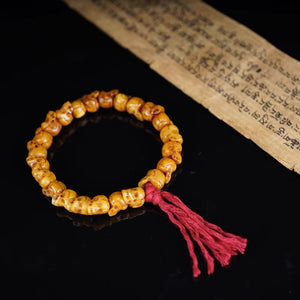
Antique Tibet Old Yak Bone Skull Wrist Mala
Regular price 4.700.000₫Regular price5.154.000₫Sale price 4.700.000₫ -

Tibetan Yak Bone Skull Mala
Regular price From 13.511.000₫Regular price15.059.000₫Sale price From 13.511.000₫ -

Tibetan Yak Bone Skull Beads
Regular price 6.195.000₫Regular price6.836.000₫Sale price 6.195.000₫ -
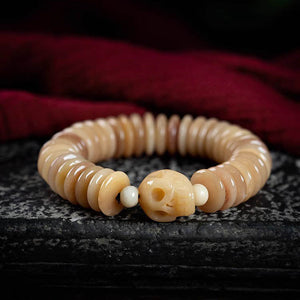
Tibetan Yak Bone Skull Bracelet
Regular price From 9.025.000₫Regular price10.013.000₫Sale price From 9.025.000₫ -
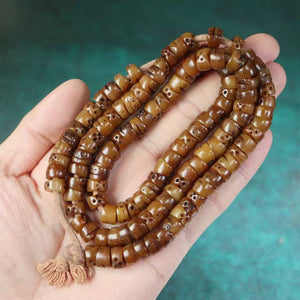
Vintage Tibetan Yak Bone Skull Beads
Regular price 7.103.000₫Regular price7.850.000₫Sale price 7.103.000₫ -

Tibetan Yak Bone Impermanence Skull Mala Beads
Regular price 2.457.000₫Regular price2.617.000₫Sale price 2.457.000₫ -
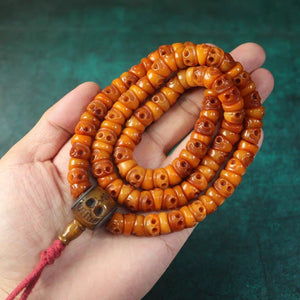
Vintage Tibetan Yak Bone Skull Prayer Beads
Regular price 10.093.000₫Regular price11.214.000₫Sale price 10.093.000₫
















